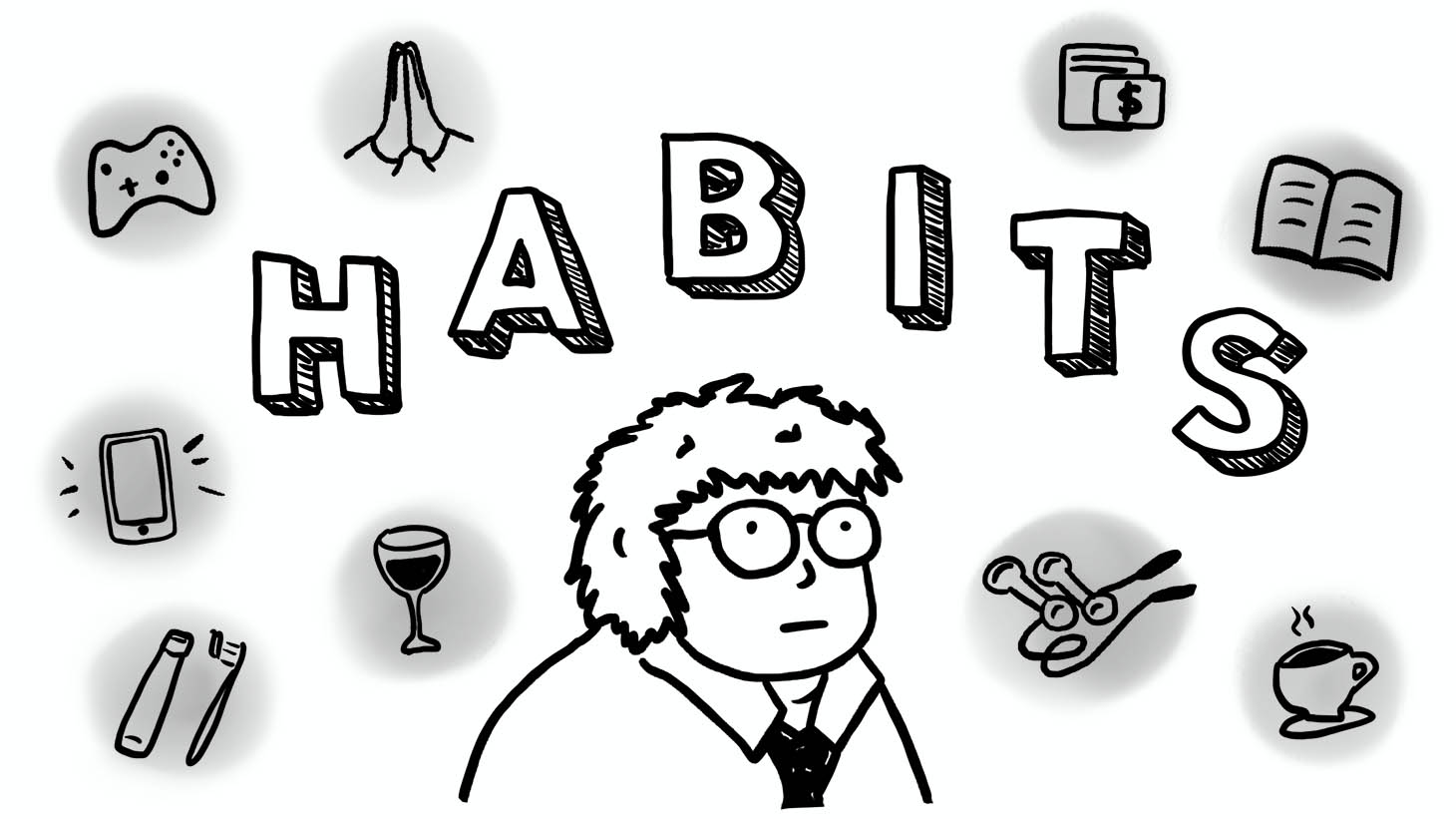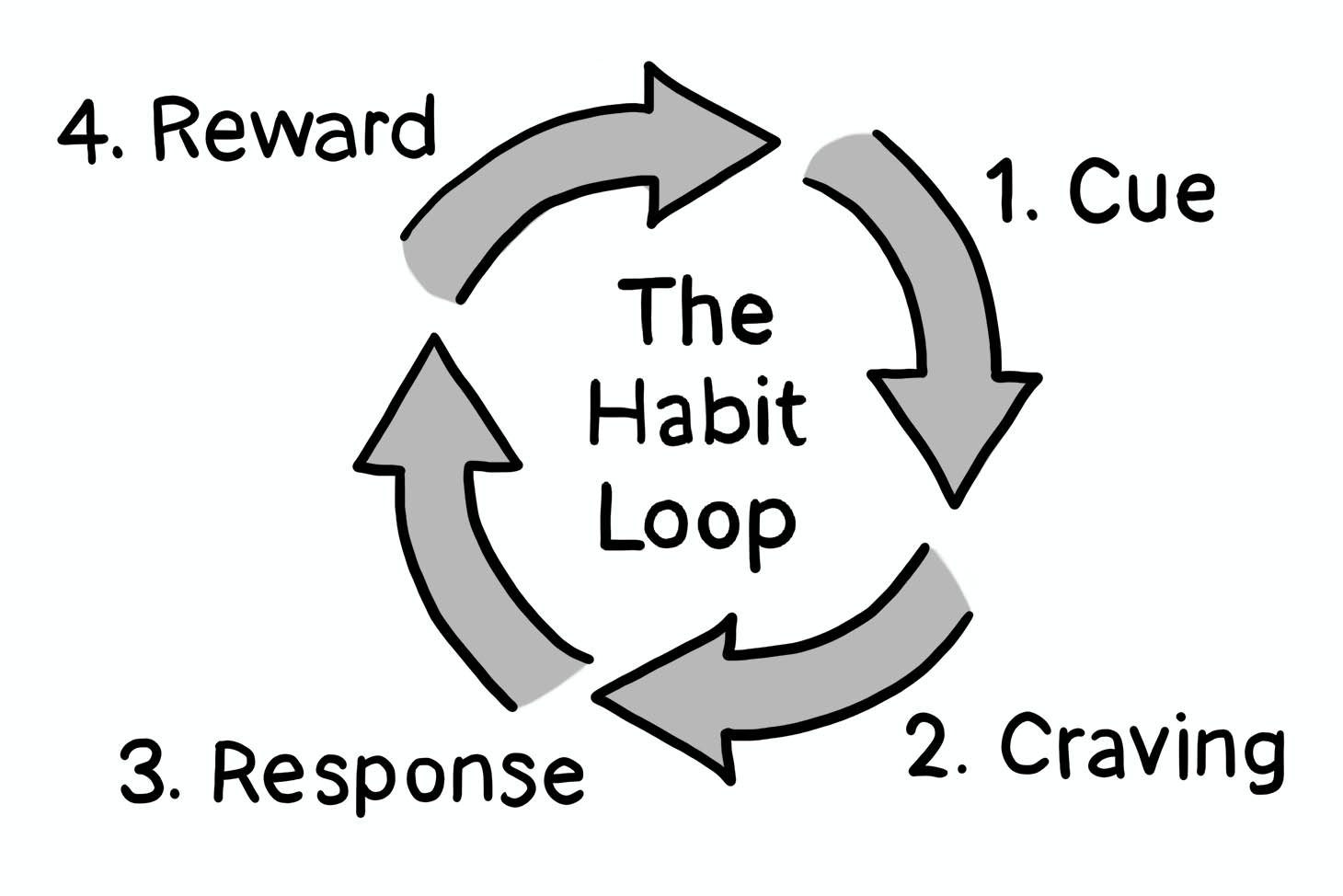Looking Closer: Why do good people develop bad habits?
March 15, 2024
March 15, 2024

Most of us like to think of ourselves as good people. Yet, if we’re being fully honest, most of us will also admit to having a bad habit or three.
It begs the question: why do good people develop bad habits?
With repetition, particular behaviours become ingrained. The neurological pathway followed from stimulation to reaction becomes more entrenched each time we act in that certain way, making it difficult to react creatively. As Donald Hebb, the father of neuropsychology, came to realize: neurons that fire together, wire together.
These optimizations can be beneficial or detrimental – but before we qualify any action into a category, let’s take a step back and look at the basics of how a habit is formed.
Habits consist of four components that create a neurological loop: cue, craving, response, and reward:
The cue triggers a craving, which leads to a response, and ultimately results in a reward. This loop becomes ingrained in our brains with each repetition, reinforcing the habit. While this can be helpful for behaviours we want to keep, it also makes it difficult for habits we want to break.
Bad habits tend to feel good in the short-term, with any troublesome consequences delayed until some later time. Not cleaning your bedroom, for example, feels like a good choice in the moment. Long-term however…the mess remains and we might not be loving that choice down the road. Despite this, the rewarding initial feedback reinforces the habit loop and so we choose it again and again.
Good habits, on the other hand, often require immediate effort with rewards that only become apparent over time.

The bad news is we all have bad habits, but the good news is that the habit loop can also be leveraged to our advantage by adjusting its different components.
If we want to start exercising regularly, for example, you might identify a cue (waking up in the morning), create a craving (visualizing the benefits of exercise), make the response easy (laying out your workout clothes the night before), and provide a reward (treating yourself to a healthy breakfast after your workout).
By manipulating the habit loop’s components, we can effectively change behaviour and intentionally create new, positive habits – or, replace existing ones.
How might we use the habit loop to address the way we handle conflict? Dive deeper into precisely this application in part two of this exploration: Looking Closer: Habits in the face of conflict.
If you’re already ready to address your habits around conflict, then check out our free webinar Conflict 101: Demystifying Conflict Through a Psychological Approach. We also encourage you to take a look at our current online and in-person programming to explore other options.
Deeply ingrained habits can be hard to change, but it’s not impossible. We can do hard things. We can start now.